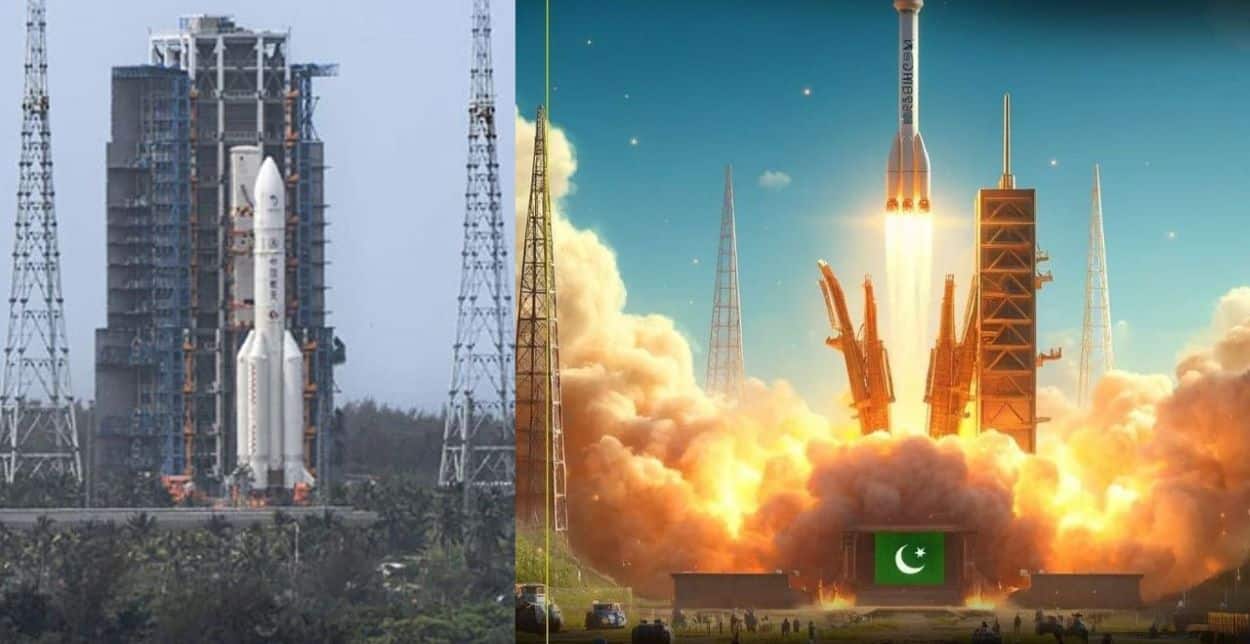Pakistan’s space program marked a historic achievement on Friday with the launch of its first lunar orbiter, ICUBE-Qamar, from China’s Henan Space Launch Site. This significant event will be broadcast live on the Institute of Space Technology’s (IST) website.
The initiative began in 2022 when the China National Space Agency (CNSA), via the Asia Pacific Space Cooperation Organization (APSCO), invited member countries to contribute student-built payloads to the moon aboard the Chang’e 6 mission.
ICUBE-Qamar
The ‘ICUBE-Qamar’ (ICUBE-Q) was proposed as a lunar CubeSat by IST and was chosen through a rigorous evaluation process. The development of this payload represents a joint effort between IST’s students and faculty, SUPARCO, and China’s Shanghai Jiao Tong University (SJTU).
The payload, weighing about 7kg, includes the CubeSat, a separation mechanism, and a mounting bracket. It is equipped with two cameras for imaging the lunar surface and incorporates various sensors and devices for deep-space communication, altitude controls, and other critical functions.
The primary mission objective is the successful deployment of ICUBE-Q into lunar orbit from the Chang’e-6 Orbiter. Once ICUBE-Q has separated, the secondary objective involves receiving a beacon signal from the satellite and confirming its operational status.
Additionally, the orbiter is tasked with capturing images of the Earth and the moon and aims to photograph at least two of these objects together.
In terms of scientific research, ICUBE-Q will gather data on the lunar magnetic field to help establish a lunar magnetic field model. This endeavour not only enhances our understanding of the moon but also sets the stage for future missions and strengthens international lunar research collaboration.






